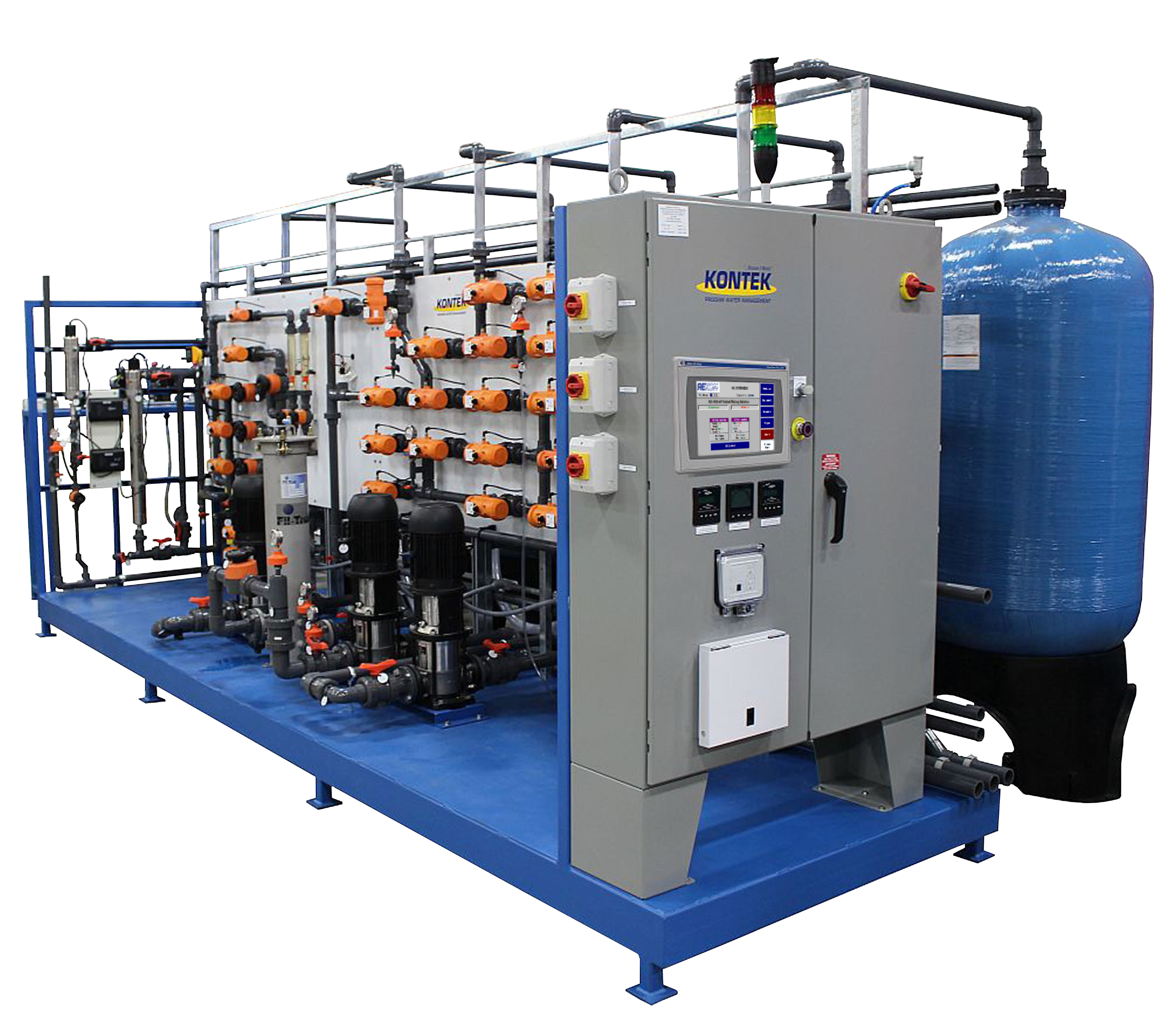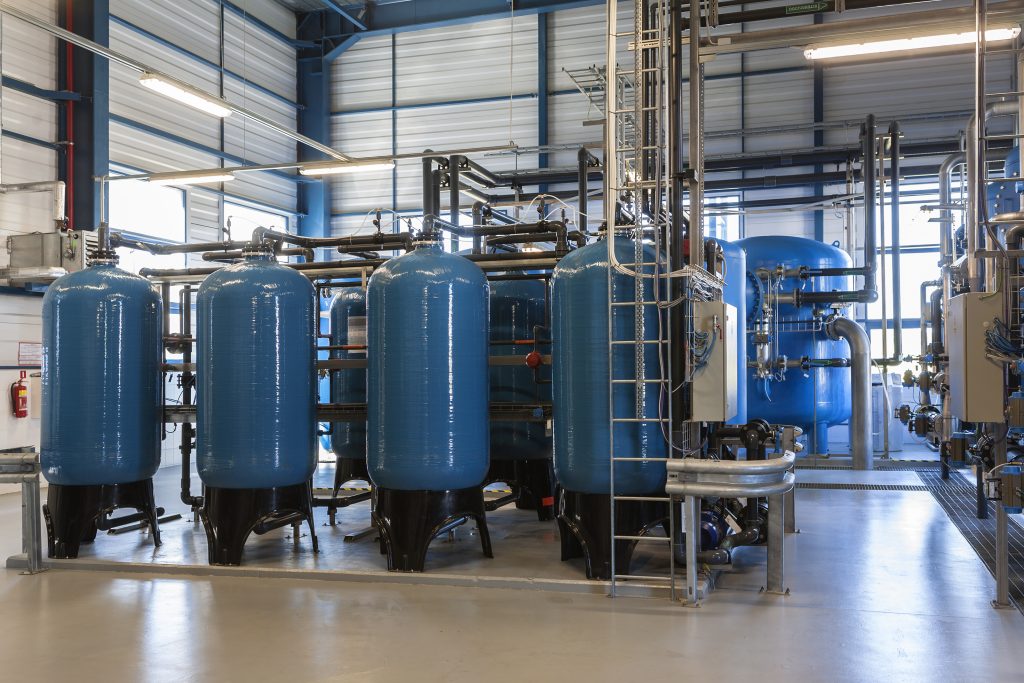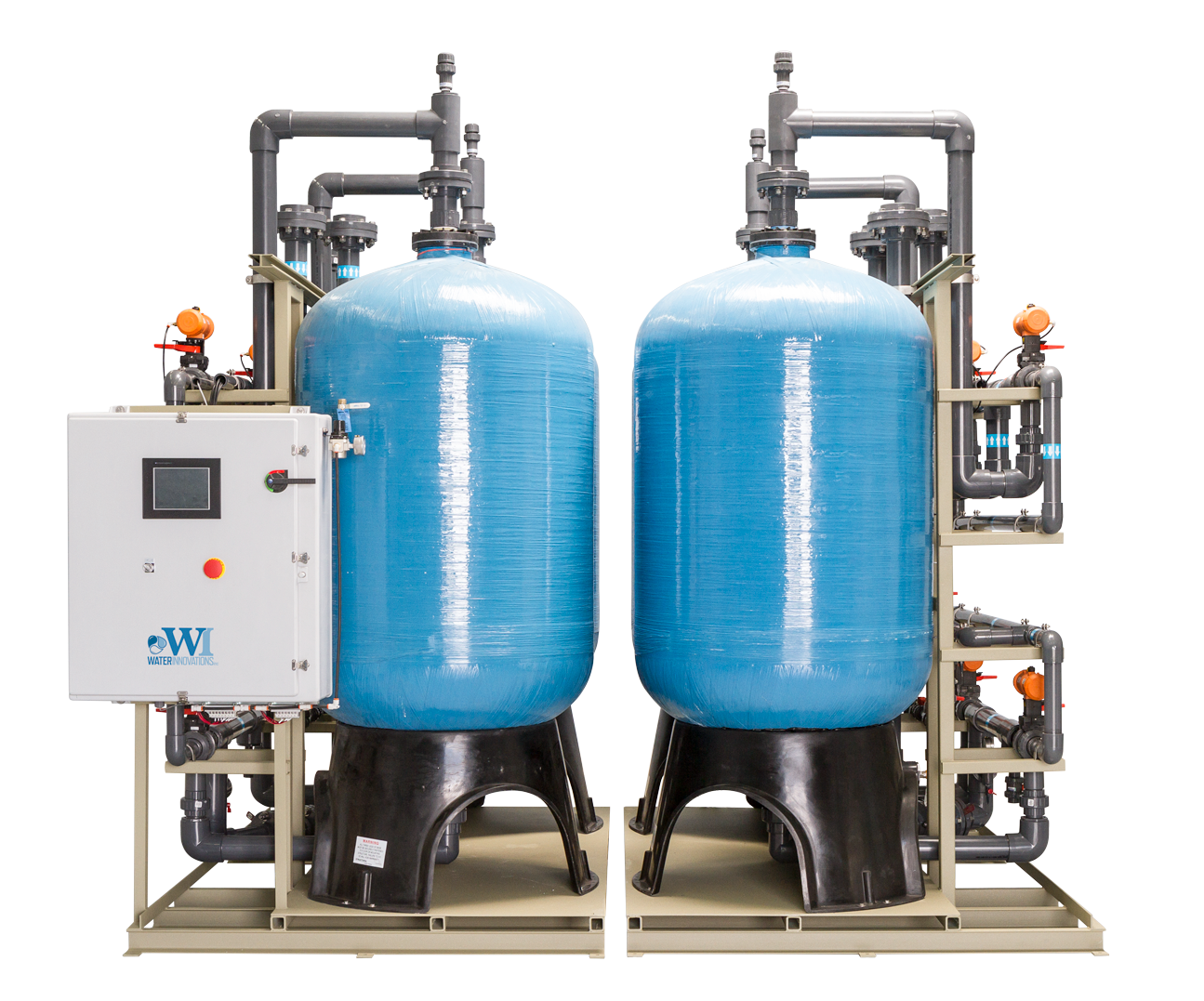Ion Exchange Plants
Ion exchange is a process that involves the reversible exchange of ions between an insoluble solid, called an ion exchanger, and a solution. The ion exchanger can be a synthetic resin, a natural material like zeolite, or even soil.


Ion exchange is used in a variety of applications, including:
- Water purification: Ion exchange is used to remove dissolved ions from water, such as calcium and magnesium ions, which can cause water to be hard. It is also used to remove ions that can make water taste or smell bad.
- Chemical purification: Ion exchange is used to purify chemicals, such as pharmaceuticals and food additives. It can be used to remove impurities that can interfere with the chemical’s properties or make it unsafe to use.
- Separation of substances: Ion exchange can be used to separate different substances from a mixture. For example, it can be used to separate uranium and plutonium from nuclear waste.
- Biomedical applications: Ion exchange is used in a variety of biomedical applications, such as kidney dialysis and drug delivery. In kidney dialysis, ion exchange is used to remove toxins and waste products from the blood of patients with kidney failure. In drug delivery, ion exchange can be used to control the release of drugs into the body.
Here are some additional details about the applications of ion exchange:
- Water purification: Ion exchange is a common method for removing hardness from water. Hard water contains dissolved calcium and magnesium ions, which can cause problems with soap and laundry detergents, and can also make water taste bad. Ion exchange can be used to remove these ions and produce soft water.
- Chemical purification: Ion exchange is used to purify chemicals in a variety of industries, including the pharmaceutical, food, and electronics industries. It can be used to remove impurities that can interfere with the chemical’s properties or make it unsafe to use. For example, ion exchange is used to purify water used in the manufacture of pharmaceuticals, to remove impurities that could contaminate the drugs.
- Separation of substances: Ion exchange can be used to separate different substances from a mixture. For example, it can be used to separate uranium and plutonium from nuclear waste. This is done by passing the waste solution through a column of ion exchange resin that has a strong affinity for uranium. The uranium ions will bind to the resin, while the plutonium ions will pass through the column.
- Biomedical applications: Ion exchange is used in a variety of biomedical applications, such as kidney dialysis and drug delivery. In kidney dialysis, ion exchange is used to remove toxins and waste products from the blood of patients with kidney failure. This is done by passing the patient’s blood through a column of ion exchange resin that has a strong affinity for these substances. The toxins and waste products will bind to the resin, while the blood cells will pass through the column.
- Water purification: Ion exchange is a common method for removing hardness from water. Hard water contains dissolved calcium and magnesium ions, which can cause problems with soap and laundry detergents, and can also make water taste bad. Ion exchange can be used to remove these ions and produce soft water.
- Chemical purification: Ion exchange is used to purify chemicals in a variety of industries, including the pharmaceutical, food, and electronics industries. It can be used to remove impurities that can interfere with the chemical’s properties or make it unsafe to use. For example, ion exchange is used to purify water used in the manufacture of pharmaceuticals, to remove impurities that could contaminate the drugs.
- Separation of substances: Ion exchange can be used to separate different substances from a mixture. For example, it can be used to separate uranium and plutonium from nuclear waste. This is done by passing the waste solution through a column of ion exchange resin that has a strong affinity for uranium. The uranium ions will bind to the resin, while the plutonium ions will pass through the column.
- Biomedical applications: Ion exchange is used in a variety of biomedical applications, such as kidney dialysis and drug delivery. In kidney dialysis, ion exchange is used to remove toxins and waste products from the blood of patients with kidney failure. This is done by passing the patient’s blood through a column of ion exchange resin that has a strong affinity for these substances. The toxins and waste products will bind to the resin, while the blood cells will pass through the column.
Ion exchange is a versatile and efficient process that can be used in a variety of applications. The specific application of ion exchange will depend on the nature of the substance to be purified or separated.


